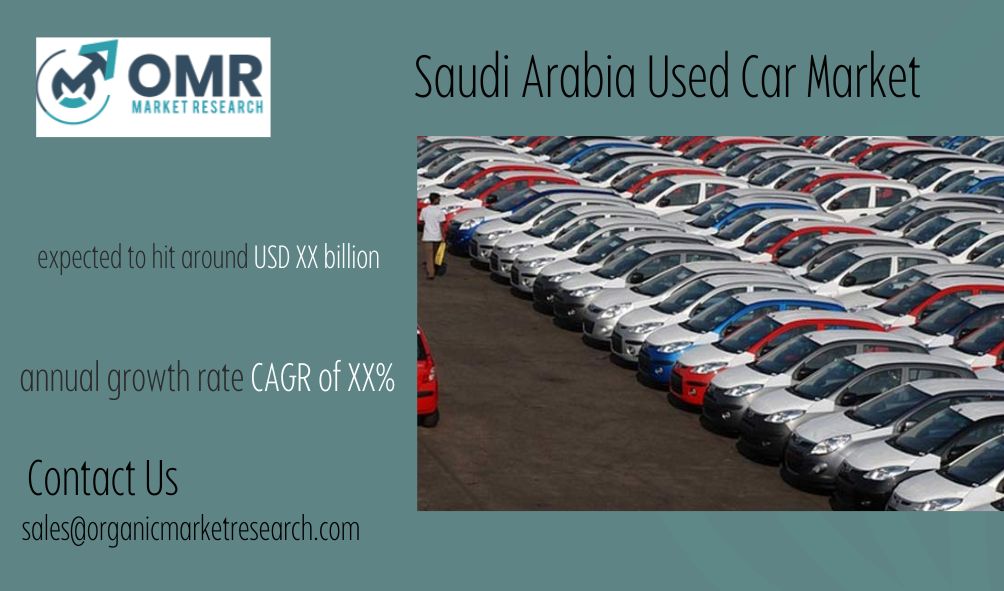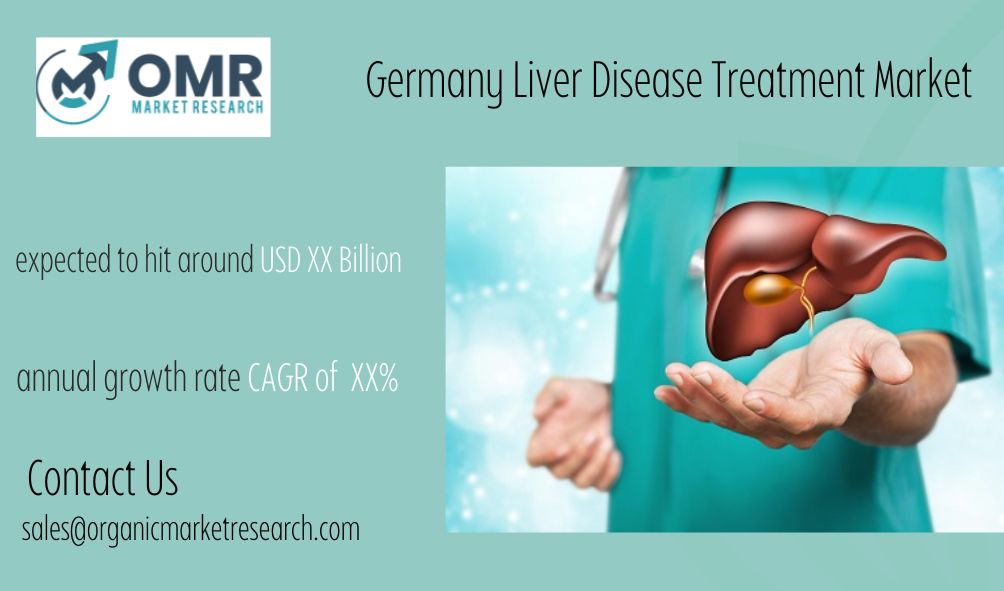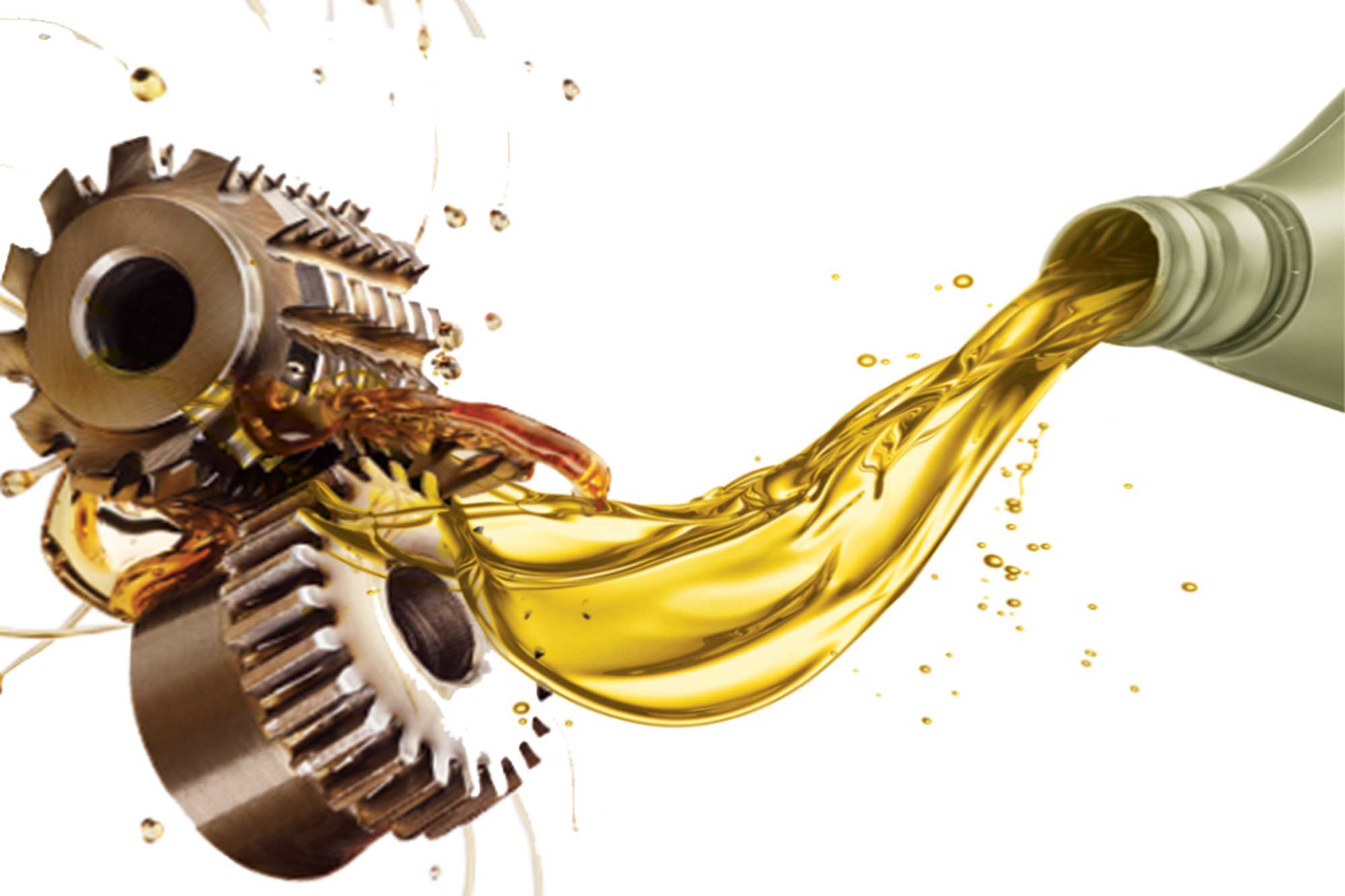The Europe Industrial Lubricants Market is estimated to reach USD 7,710.3 Million by 2032 with a CAGR of 5.2%.
A growing need for high-performance lubricants and the region’s strong industrial sector have propelled the European Industrial Lubricants Market’s recent notable expansion. A wide variety of industries, such as those in the automotive, manufacturing, aerospace, and energy sectors, define the market. Manufacturers have been forced to produce advanced lubricants that not only comply with environmental regulations but also improve machinery efficiency due to stringent regulatory standards and a focus on sustainability.
In the ever-evolving landscape of industrial machinery, lubricants play a crucial role in ensuring smooth operations, minimizing friction, and extending the lifespan of equipment. Across Europe, the industrial lubricants market is poised for significant growth, projected to reach a staggering USD 7,710.3 million by 2032, boasting a robust Compound Annual Growth Rate (CAGR) of 5.2%. This growth trajectory underscores not only the region’s industrial prowess but also the indispensable nature of lubricants in maintaining operational efficiency and enhancing machinery performance.
Understanding the Market Dynamics: To comprehend the factors fueling this remarkable growth, it’s imperative to delve into the key dynamics shaping the European industrial lubricants market. Several factors contribute to this upward trajectory:
- Industrial Expansion: Europe continues to witness substantial industrial expansion, with sectors such as automotive, manufacturing, and aerospace driving the demand for industrial lubricants. The rise in manufacturing activities and the adoption of advanced machinery necessitate efficient lubrication solutions, thereby propelling market growth.
- Technological Advancements: Rapid technological advancements have led to the development of high-performance lubricants tailored to meet the diverse needs of various industries. Advanced formulations, including synthetic and bio-based lubricants, offer superior lubrication properties, enhanced durability, and environmental sustainability, driving their adoption across industrial sectors.
- Focus on Sustainability: In line with global sustainability initiatives, there’s a growing emphasis on eco-friendly lubricants that minimize environmental impact without compromising performance. This shift towards sustainable lubrication solutions is reshaping the market landscape, with manufacturers investing in research and development to meet the evolving regulatory standards and consumer preferences.
- Strategic Partnerships and Collaborations: Collaboration between lubricant manufacturers, machinery OEMs, and industrial end-users is fostering innovation and product development. Strategic partnerships enable stakeholders to leverage their expertise, resources, and market insights to co-create tailored lubrication solutions that address specific industry challenges, driving market expansion and customer satisfaction.
Market Segmentation and Regional Analysis: The European industrial lubricants market is segmented based on product type, application, end-user industry, and geography. Each segment presents unique opportunities and challenges, contributing to the overall market dynamics.
- Product Type: The market encompasses a wide range of lubricant products, including mineral oils, synthetic lubricants, bio-based lubricants, and grease. Synthetic lubricants, known for their superior performance under extreme conditions, are witnessing increased adoption across industries.
- Application: Industrial lubricants find application in diverse sectors such as automotive, manufacturing, metalworking, power generation, and others. The automotive industry, in particular, remains a prominent consumer of lubricants, driven by the growing demand for fuel-efficient vehicles and stringent emissions regulations.
- End-User Industry: The demand for industrial lubricants varies across different end-user industries. While the manufacturing sector accounts for a significant share of the market, sectors like aerospace, marine, and mining also contribute to the demand for specialized lubrication solutions.
- Geographical Analysis: Geographically, Europe’s industrial lubricants market is segmented into key regions such as Germany, the UK, France, Italy, Spain, and others. Factors such as industrialization, infrastructure development, and economic growth influence regional demand patterns and market dynamics.Download Free Sample Report
Challenges and Opportunities: Despite the promising growth prospects, the European industrial lubricants market faces several challenges that warrant attention:
- Regulatory Compliance: Stringent environmental regulations pertaining to emissions, waste disposal, and product safety necessitate compliance measures, posing challenges for lubricant manufacturers. Adhering to regulatory standards while maintaining product performance and competitiveness requires continuous innovation and investment in sustainable practices.
- Market Fragmentation: The market is characterized by intense competition and fragmentation, with numerous players vying for market share. Differentiation through product innovation, quality assurance, and value-added services is essential for companies to stand out amidst the competition.
- Price Volatility: Fluctuations in raw material prices, particularly crude oil, significantly impact the cost of lubricant production. Manufacturers must adopt effective pricing strategies and supply chain management practices to mitigate the effects of price volatility and maintain profitability.
- Shift towards Electric Vehicles: The growing adoption of electric vehicles (EVs) presents a disruptive force in the automotive industry, potentially impacting the demand for traditional lubricants used in internal combustion engines. Lubricant manufacturers need to diversify their product portfolios and explore opportunities in the burgeoning EV market to mitigate the risk of market disruption.
Despite these challenges, the European industrial lubricants market is rife with opportunities for growth and innovation:
- Investment in Research and Development: Continued investment in research and development is critical for developing advanced lubrication solutions that meet the evolving needs of industries. Innovations in lubricant formulations, additives, and application technologies can drive market differentiation and foster customer loyalty.
- Focus on Digitalization: Embracing digital technologies such as IoT-enabled lubrication systems, predictive maintenance, and remote monitoring enhances operational efficiency, reduces downtime, and optimizes lubricant usage. Digitalization enables real-time data analytics, proactive maintenance strategies, and predictive insights, empowering businesses to make informed decisions and maximize equipment performance.
- Market Expansion Strategies: Exploring untapped markets, expanding distribution networks, and forging strategic alliances with regional partners are vital for market expansion. Targeting emerging industries, geographical regions, and niche applications can unlock new growth avenues and diversify revenue streams.
- Sustainability Initiatives: Integrating sustainability into product development, manufacturing processes, and supply chain management is essential for meeting regulatory requirements and consumer preferences. By prioritizing sustainability, lubricant manufacturers can enhance brand reputation, attract environmentally-conscious customers, and contribute to a greener future.
The European industrial lubricants market is poised for robust growth, driven by factors such as industrial expansion, technological advancements, and sustainability initiatives. With a projected market value of USD 7,710.3 million by 2032 and a CAGR of 5.2%, the market presents lucrative opportunities for lubricant manufacturers, suppliers, and end-users alike. By embracing innovation, collaboration, and sustainability, stakeholders can navigate the evolving market landscape, drive growth, and unlock the full potential of Europe’s industrial lubricants market.
About Us: Organic Market Research Business Consulting is a fast-growing Market Research organization which is helping organizations to optimize their end-to-end research processes and increase their profit margins.
Organic Market Research facilitates clients with syndicate research reports and customized research reports on 10+ industries with global as well as regional coverage.
Mob : +91 9319642100 Noida One Tower Sec 62 Noida 201301 Sales : sales@organicmarketresearch.com Website : https://www.organicmarketresearch.com














